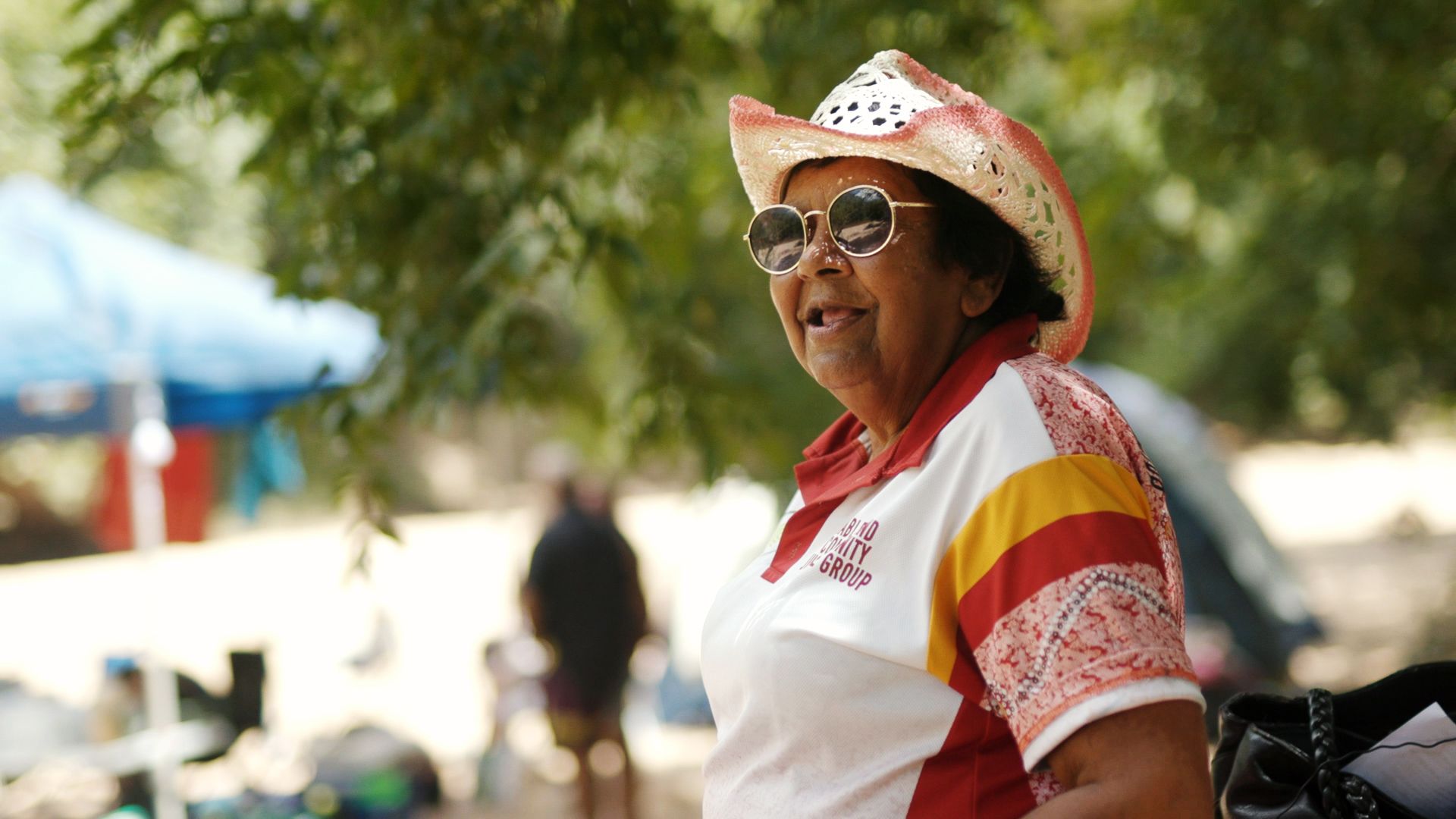Troubled Teens: How a Queensland community is tackling youth crime
The Feed reporter Brooke Fryer spent time with troubled youth in far North Queensland. Her investigation looks at the rising pockets of youth crime and what can be done to fix it.
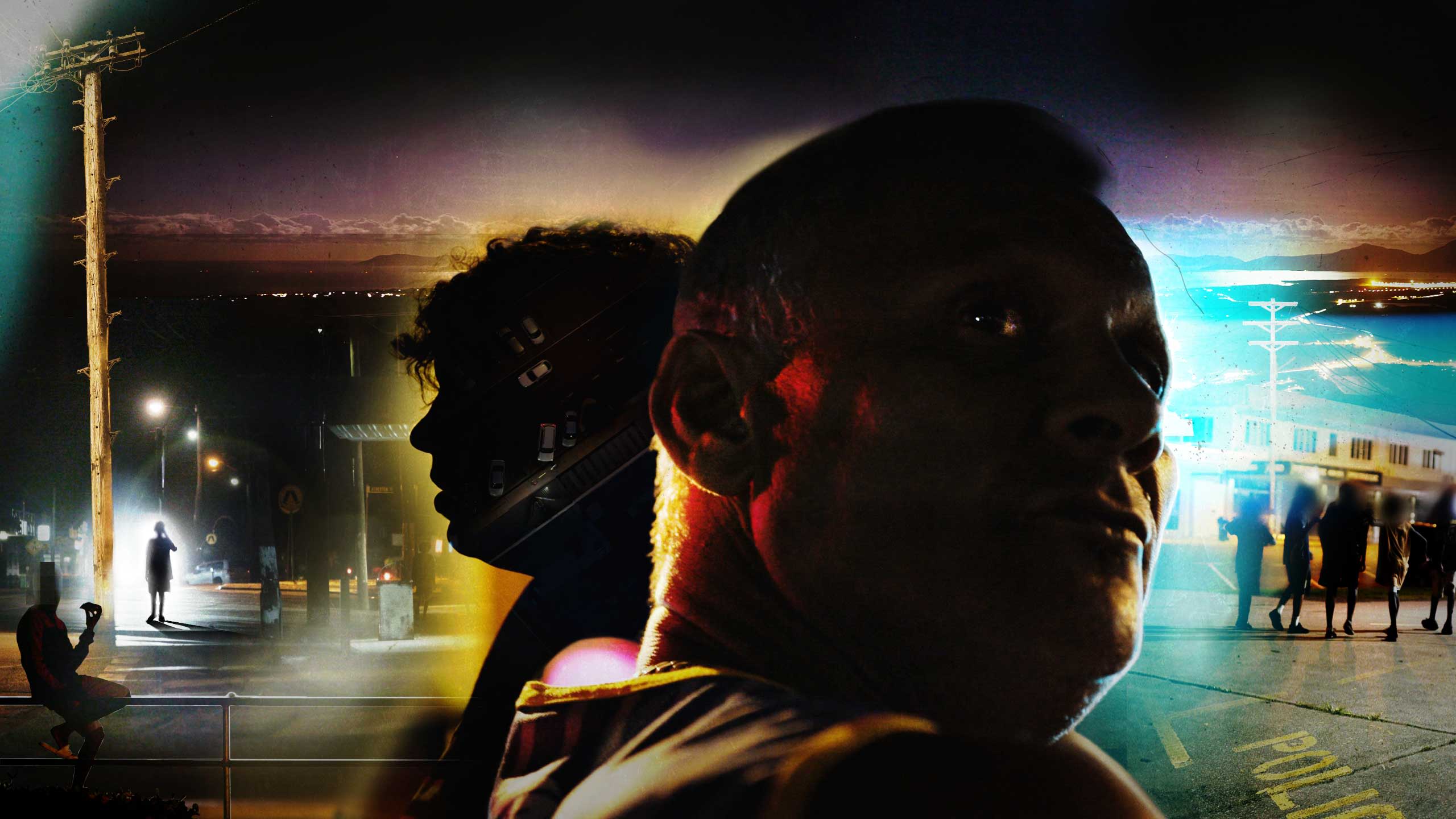
Beside a shaded billabong, 20 minutes outside the Far North Queensland town of Mareeba, a 13-year-old boy sits looking out at his peers swinging off ropes into the tepid water.
Declan* is reflecting on his brief yet very real encounter with the law, having broken into motorbike shops and been cautioned for graffiti. If he does it again he will be put under a curfew.
He confesses his motives of putting his freedom on the line were unclear but that he lives for the adrenaline rush he gets, knowing he may or may not be caught.
Sitting nearby in a low-resting tree branch is Adam*, who is shy and quietly spoken as he confesses he stole four cars out of boredom. He is currently on a 9pm curfew.
The two boys are among a dozen troubled First Nations youth who have been taken away from the distractions of the local town and brought to a campsite to be surrounded by Elders, community leaders and youth workers.
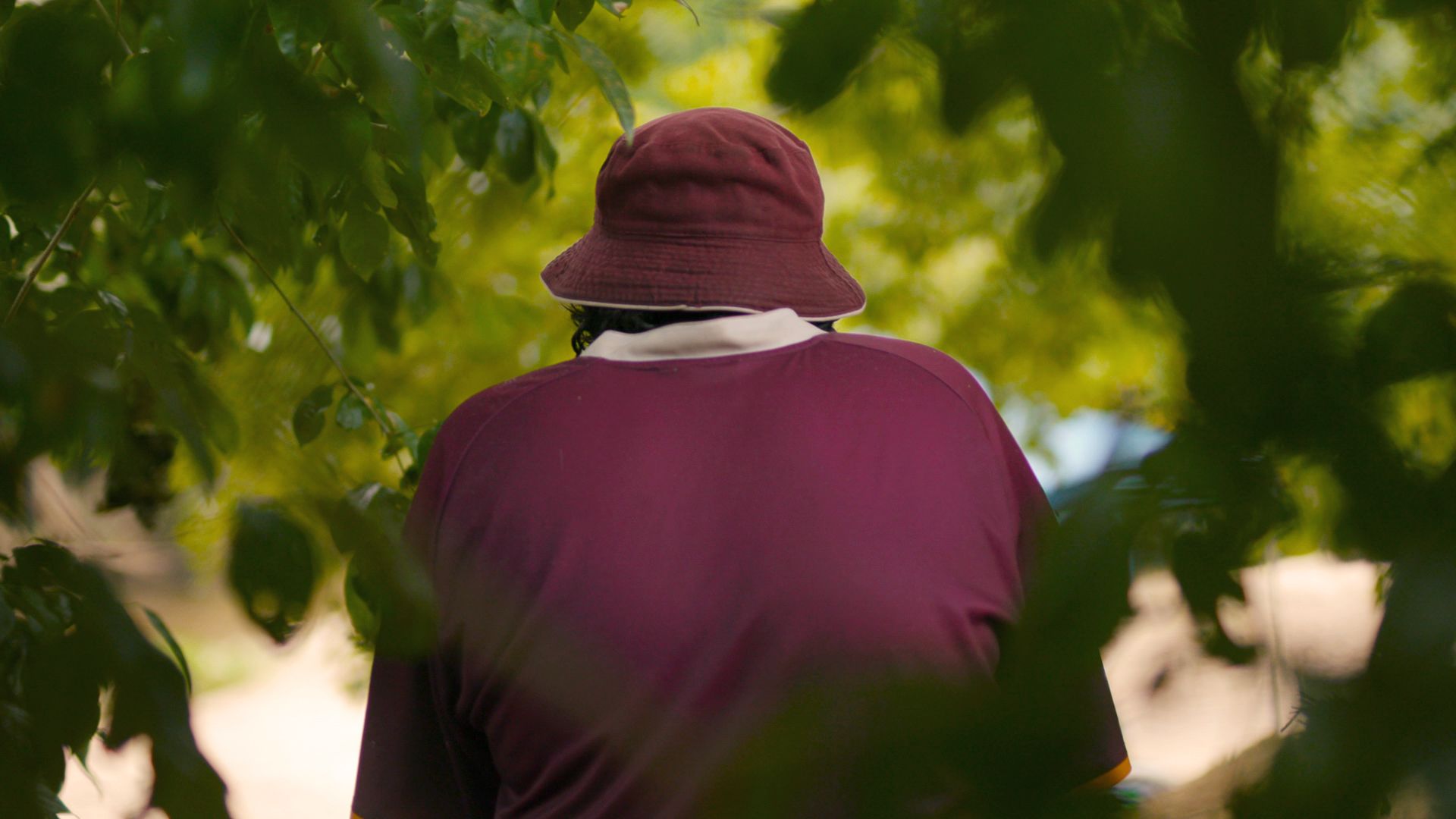
The ‘Bring our Mob Back’ program is the brainchild of community leaders Rhonda Dooley and Julie Go-Sam. It caters to youth between the ages of 10 and 18.
The plan is for these kids to camp under the stars, away from technology where they are able to learn that they are capable of building a life for themselves away from crime.
This awakening comes as they reconnect with the roots of their ancestors and culture through the guidance of Elders.
The fundamental message of the camps is to “teach the children respect for their community and for the law and Lore,” Rhonda explains.
“We hope to change their attitude towards life in general, you know, don’t steal if hungry, go and fish, look for your food like your ancestors did. Most of the time they steal food too, you see, because they are hungry,” she says.
“There’s no food at home… money goes to alcohol and drugs.”
For Declan*, being out of his normal environment, which at times has led him astray, is a breath of fresh air.
“Coming to places like this keeps me out of trouble, I feel happy”
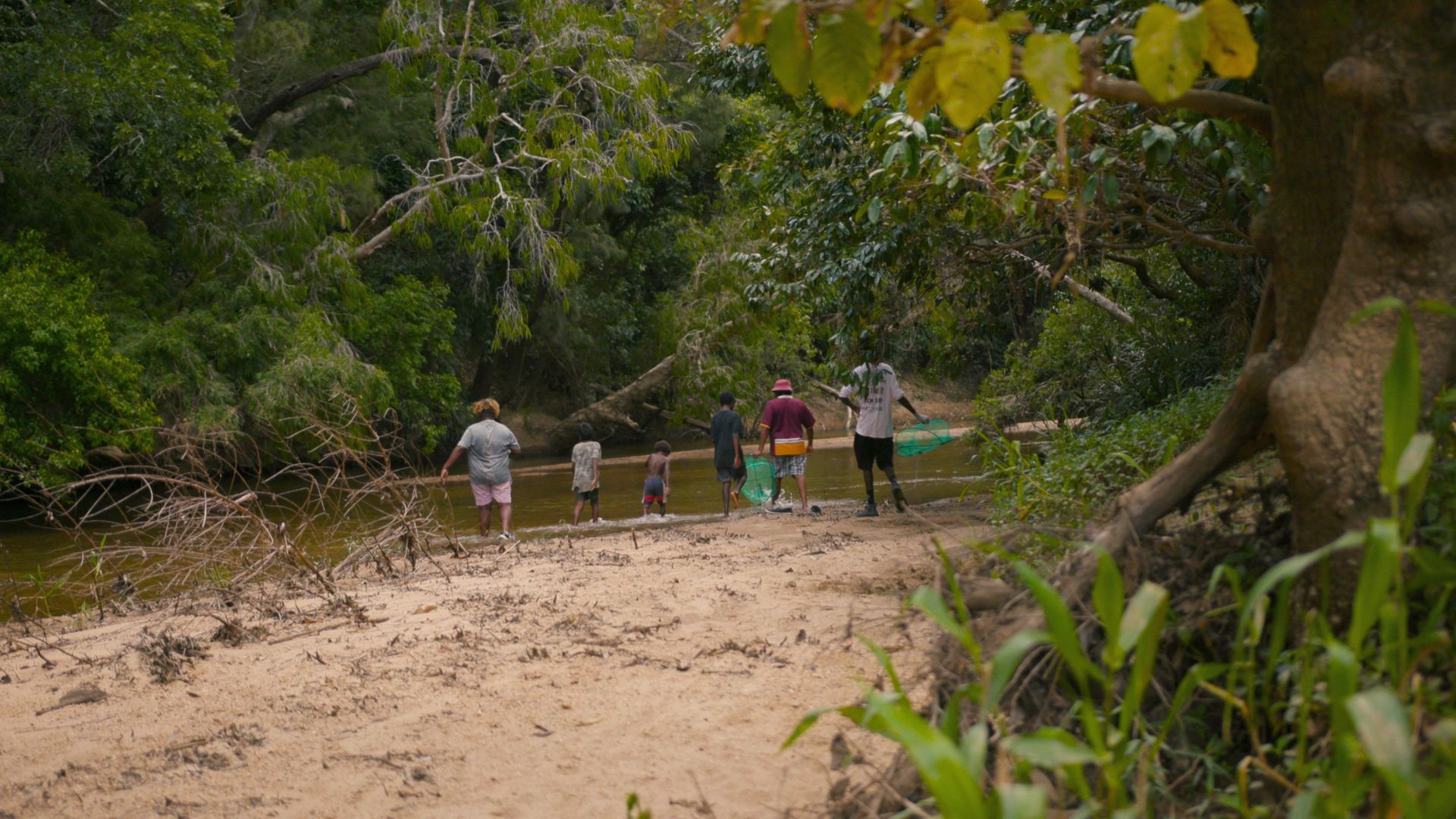
Queensland Cracks down on youth crime
In February the state government introduced a suite of tough measures cracking down on repeat youth offenders.
These include - in the cases of serious indictable offences - reversing the presumption of bail, fitting GPS trackers to high-risk youths between the ages of 16 and 17 and who are granted bail, and strengthening anti-hooning laws.
The controversial measures have been met with much criticism, with many saying it doesn’t address the social issues leading to juveniles being arrested in the first place.
“I don’t think further tough-on-crime responses should be used, it won’t help them," says Molly McCarthy, Griffith Criminology Institute.
“These people have already been through the system and these blanket solutions won’t solve the issue.
“There is no evidence that tough-on-crime responses will work, it does not change offending patterns in the long-term.”
Ms McCarthy says more money needs to go into early intervention to address the issues before the youth come into contact with the justice system
“[We need to help] families, get into schools and help kids with anger issues,” she says.
Julie and Rhonda say the money being put into organisations run by non-Indigenous people should be invested into Black organisations.
“All these other agencies, non-Indigenous agencies to work with our Black kids, give it to the community justice groups who are Black organisations,” says Julie.
“It's the justice groups that basically work on the ground with, with all, with the community. We're out there with the families.”
Julie says governments should be talking to “communities about how to address the issues” and to invest time into “individual communities that are having these high crime rates” because in each area they are dealing with different core issues.
She says the GPS trackers won’t ultimately stop the youth from offending, they will just be able to track their location.
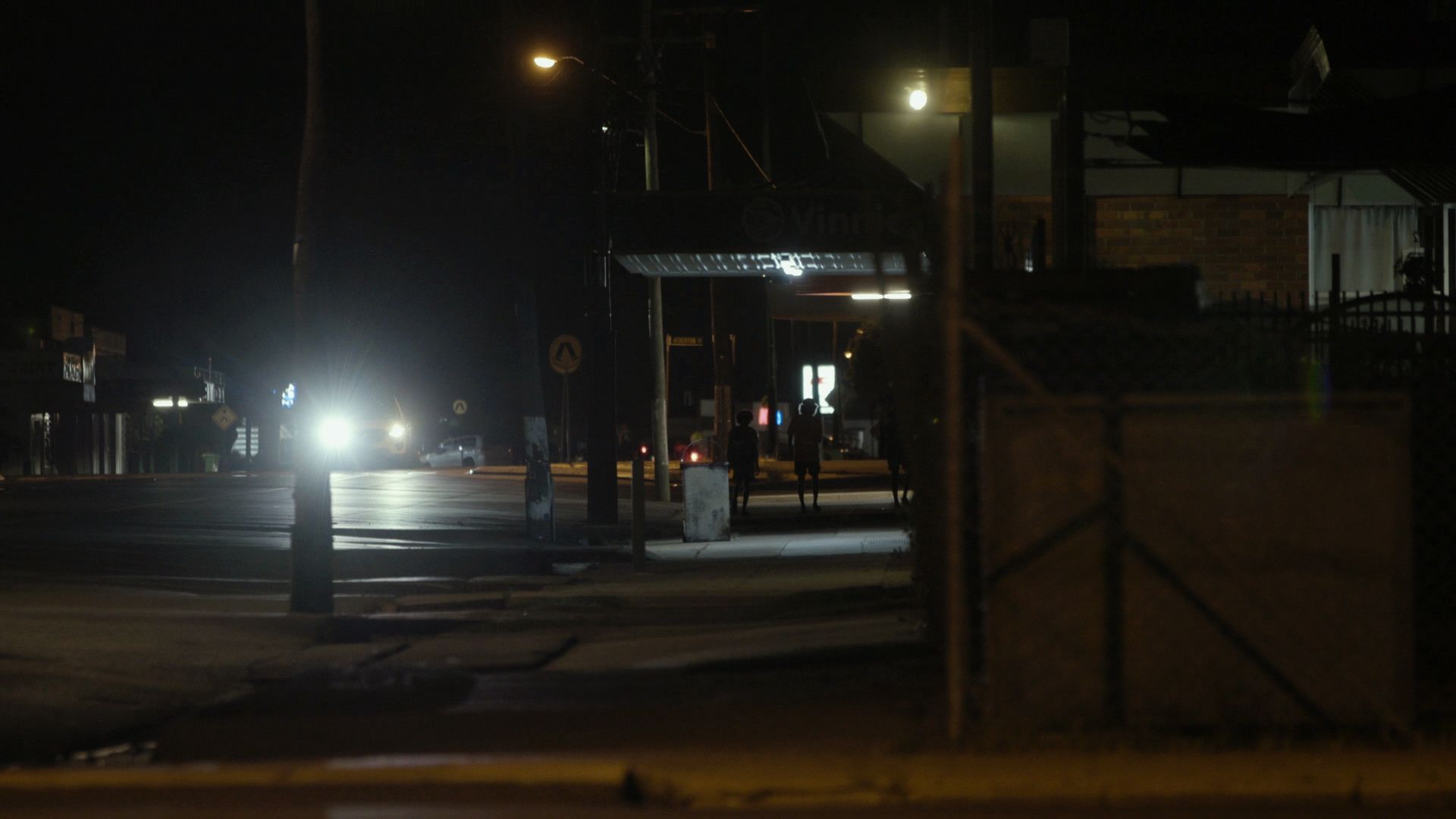
Who are these children?
Rhonda explains the children they bring out on Country are often from broken homes, on suicide watch, from abusive families or have ended up hanging out with the wrong crowd after the sunsets and the streets fall quiet.
The camps are all in an effort to curb youth crime in North Queensland.
While fewer youth are actually committing crime, chronic youth offenders are on the rise, says Molly McCarthy, an academic fellow from the Griffith Criminology Institute.
She says some of the hotspots for youth crime are in Cairns, Townsville and Mt Isa.
“In Queensland, they come from lower socio-economic communities and regional and remote areas,” she says.
“These offenders are offending quite frequently and sometimes they are even travelling to offend, so surrounding communities are seeing these youth offenders travel and offending, mainly property offences and in some cases violent offences.”
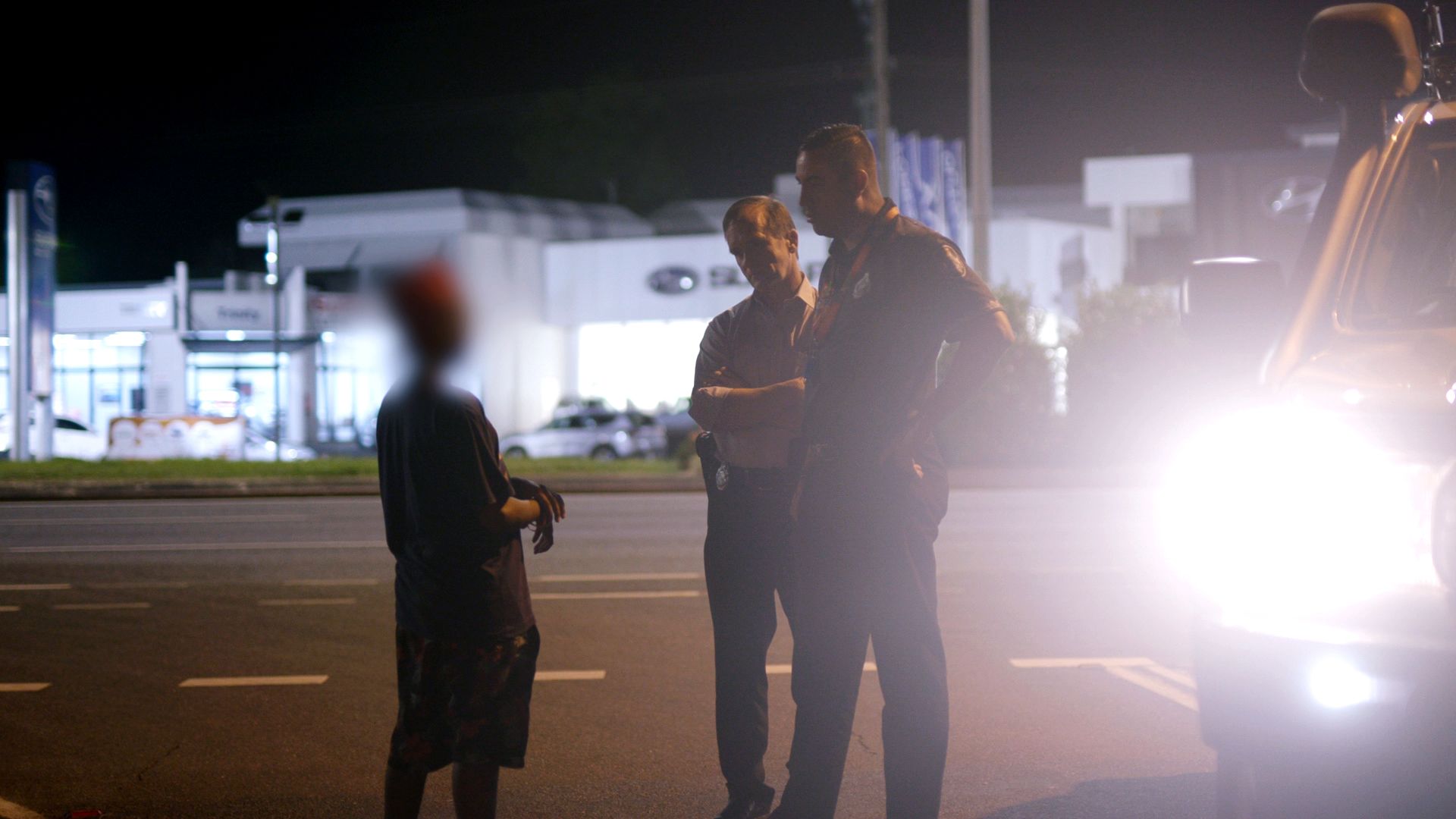

Ross Homel, Professor of Criminology and Criminal Justice at Griffith University, says children are born innocent and it’s the environments that these children are coming from which are shaping them into offenders.
“They nearly always have been wrongly treated sexually and physically as children, [they] come from poor environments, stressful environments and most of the time have had to learn survival skills, like how to steal food,” he says
“We have a mega problem in Australia with very damaged children doing a lot of harm in the community and many of these problems could have been prevented.”
He says we need to look at doing assessments in schools and other similar places to address those issues and provide support services for children who may be coming from environments like those.
Rhonda Doolley, who does her own night-patrols in Mareeba where she orders the children to go home or to go to a safe environment, knows firsthand that these children are living in stressful environments.
“The kids come on the street at night time because they aren’t safe at home… the kids are safer out on the street,” she says
“You’ve got a number of factors there, drinking and all that carrying on, parties and they don’t want to be in that… they stay on the streets until about five, half past five in the morning… then they will prepare themselves for school or not.”
She also says a lot of the children on the streets come from broken homes, abusive families or are in the foster care system and don’t feel loved.
Rhonda often works after-hours early into the morning. She says she does it because she loves the children of Mareeba, and often walks around with sandwiches and chocolate to make the children feel cared for.
“Someone has to love them, even if they do get up to mischief, someone has to love them back,” she says
“I [also] normally ask them what they are doing out, I talk to them about their problems. They are good kids.
“Lots of them want to commit suicide, a few talk about it on the streets.”
During the night, the most common crimes in Mareeba are break-ins and vandalism, according to Rhonda, with youth also stealing cars up to a few times a week.
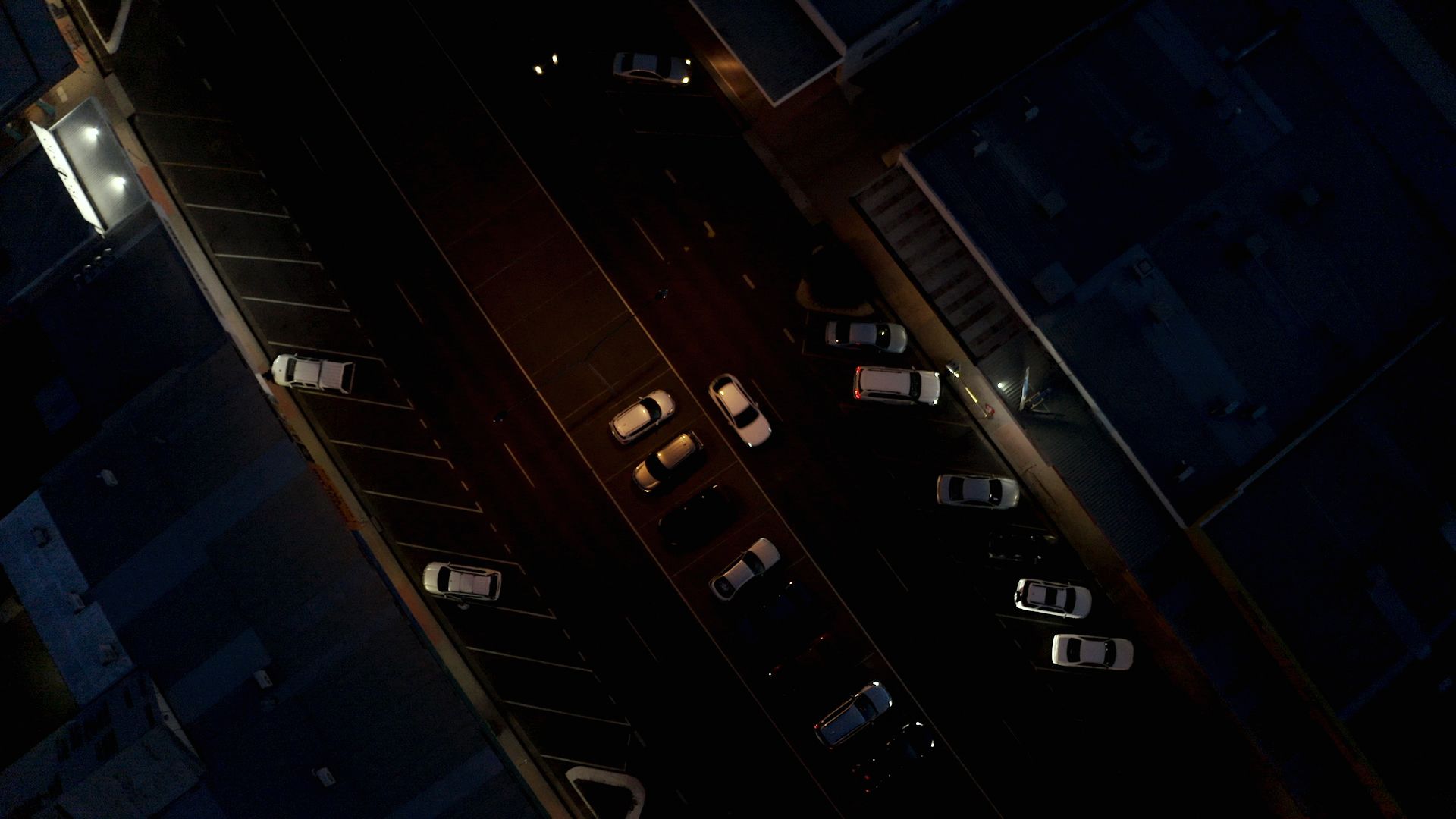
Kids want to see more on-Country programs
While adults back early intervention initiatives, some of the children The Feed spoke to think more money should be put into building programs taking them out of their hostile environments and into positive situations.
For Declan*, programs where he is able to be surrounded by his peers and his respected community leaders are the best approach in curbing youth crime.
“[I want to see people] go to places like this, do things where they can’t get in trouble, go camping, do something.”
Sophia* calls herself the big sister to the kids of the camp. She tells The Feed she’s come along to help supervise as she is sizzling sausages and laying out the tomato sauce on a portable camping table.
Despite never being in touch with the justice system herself, the 17-year-old has seen its impact firsthand.
“I’ve had a nephew running around getting in trouble, he’s been locked up, incarcerated in juvenile detention a few times," she says.
Sophia* says more money needs to go into Black organisations, so children are able to relate to the community workers on the frontline.
"A lot of Aboriginal and Torres Strait Islander kids won’t listen to white mob or workers because they scare them, they are afraid of them."
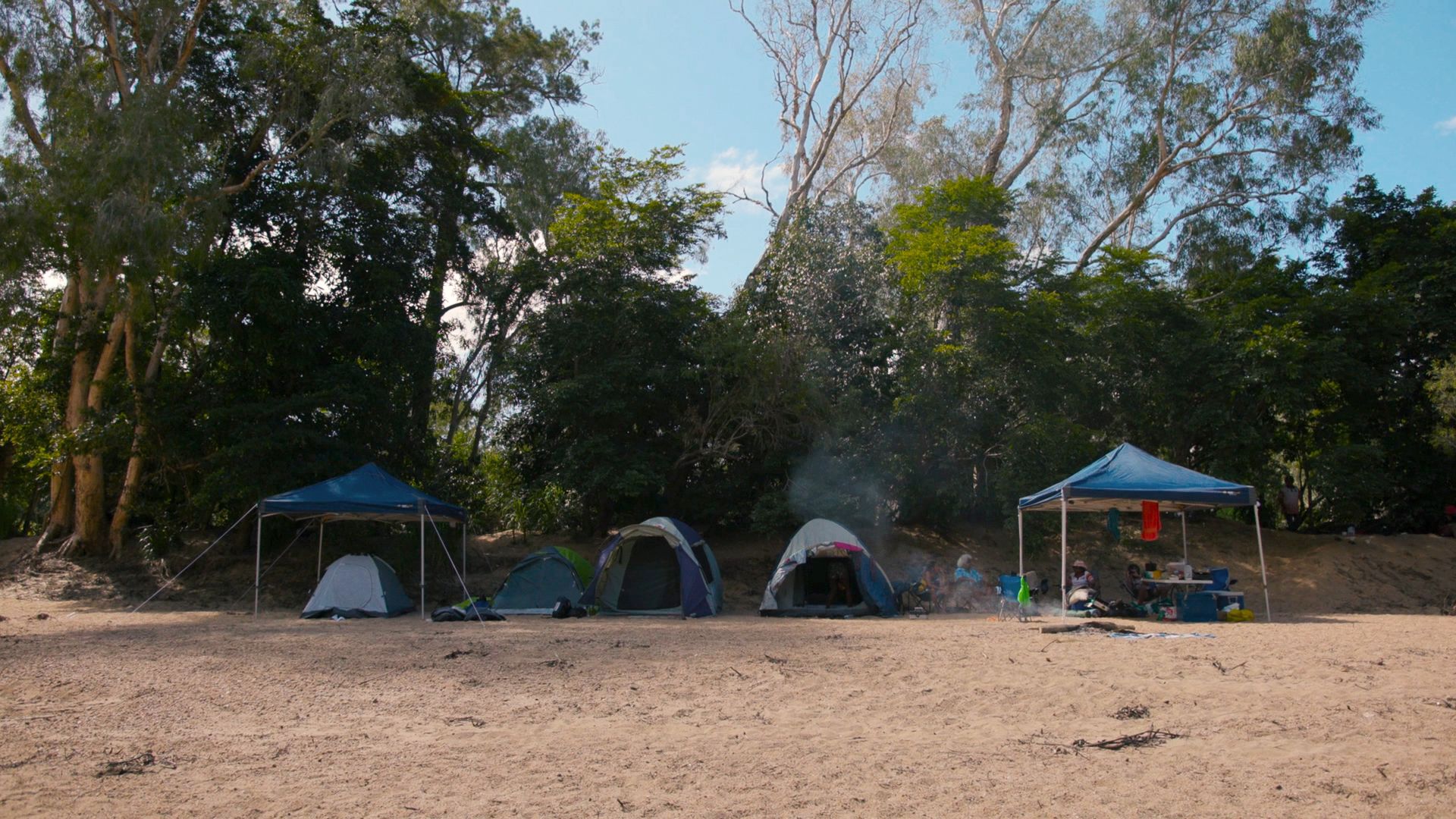
Other children in fear
13-year-old Jason*, from the town of Mareeba, is scared walking the streets alone at night. He has never been in trouble with the law before.
“I get scared sometimes because these kids are walking around with knives and stuff,” he says
Jason* has had his scooter stolen twice by the boys in his grade at the local school.
“It makes me very mad because I can't do anything about it until I find who did it,” he says
“I tell the law they are stealers and get them in trouble and get them curfewed.”

He also believes that youth crime is getting worse and that he sees it all the time. As he speaks with The Feed, standing on the corner of Mareeba’s main street, he spots the local “gang”.
The gang is his age and he knows the boys. They go to his school.
“They’re thieves, they’re street rats,” he says
“There’s been break-ins at schools, people breaking into motorbike shops and people stealing motorbikes, and people breaking into people's personal homes.”
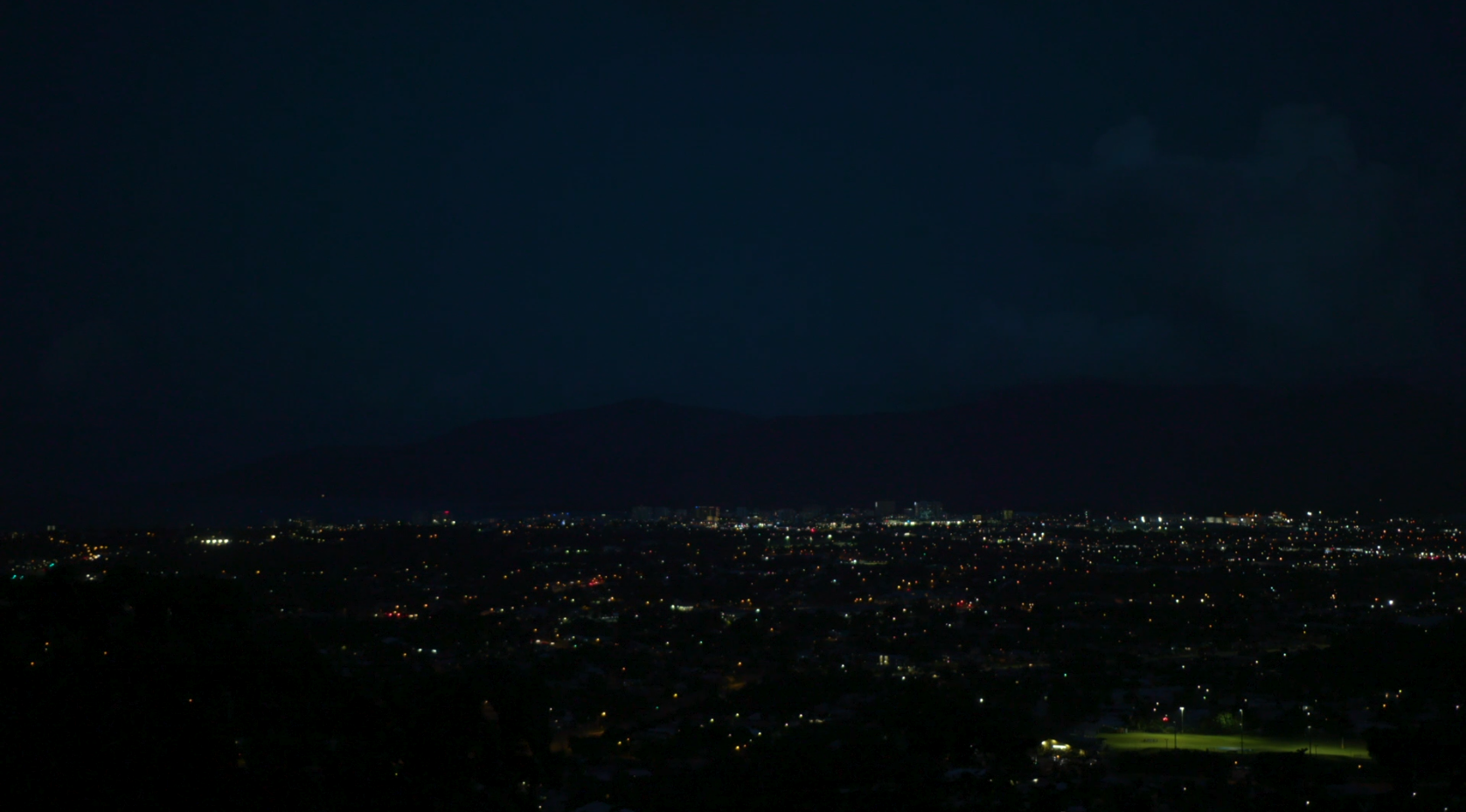
Nights spent patrolling
Last June four teenagers local to Townsville died in a car accident. They were driving a stolen car, and inside video recordings of their joy ride told they were being chased, though unclear whether by the police of vigilantes.
Karl Lymburner described returning to the scene as emotional. Taking The Feed there was his first time reminiscing on the event in actuality nearly a year on.
“This is the first time I've been to this site since the loss of my young relative, due to the loss that I've suffered in my life. It's very hard to be here, it brings up a lot of feelings,” he said.
Three years on since losing his son to suicide, Karl decided that was his turning point to steer away from his addiction to ice.
“I knew I needed to make something good out of my life,” he said.
Now Karl, an emerging Elder, along with Aaron Thaiday walk the streets of Townsville at night, telling youth to go home and making sure vigilantes are off the streets, all in an effort to keep the community safe and youth out of prison.
“We have to prevent that accident from happening again, we can’t keep living with this hurt in our communities,” said Karl.
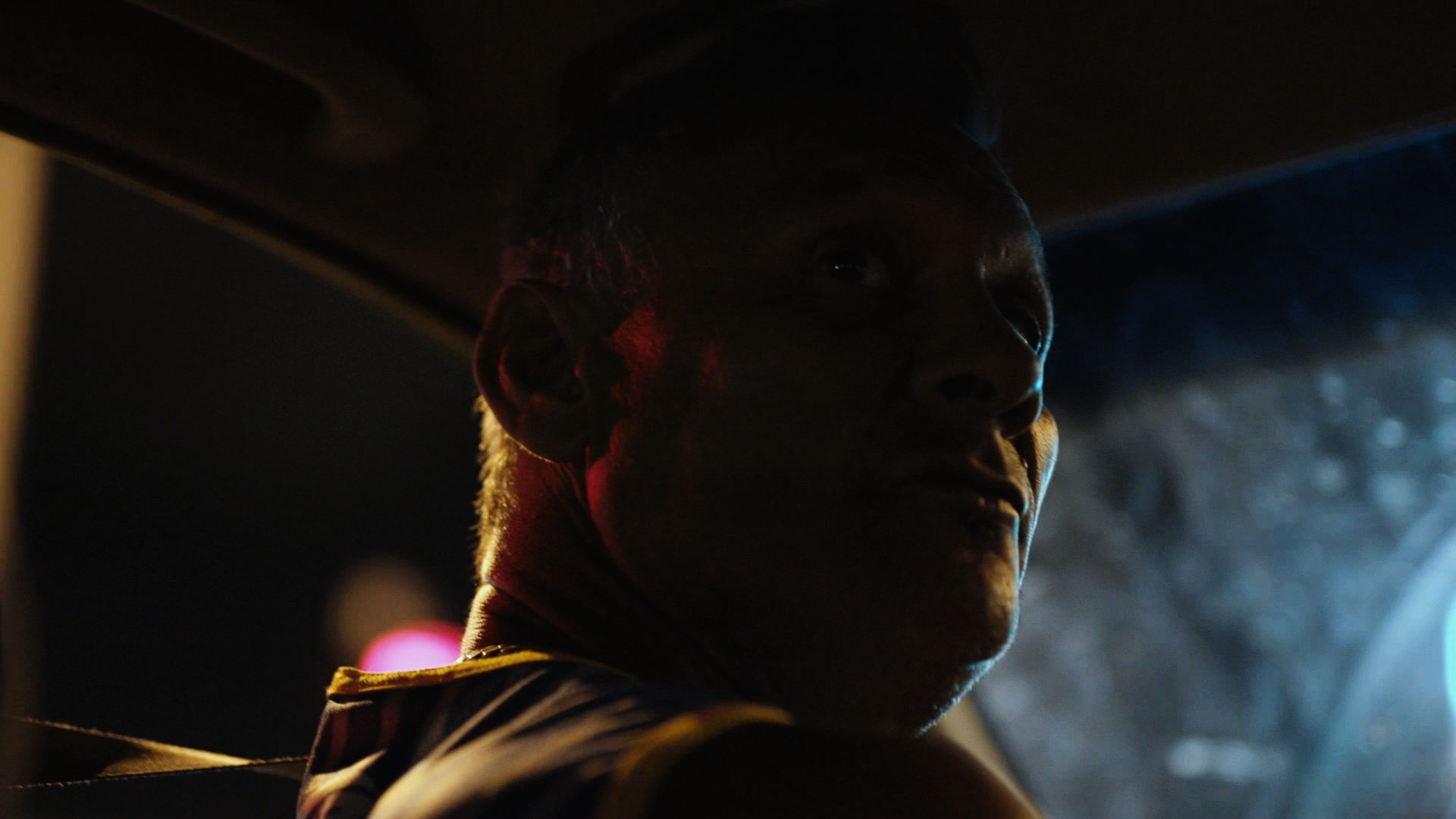
Police working to engage youth
In Far North Queensland, at a media press conference in February, Chief Superintendent Brian Huxley from Cairns says there’s been a dramatic increase in the number of serious crimes committed by young people.
"Some of the kids are as young as 11 years of age … they're stealing cars, they're breaking into people's homes, they're robbing people, it's a bloody disgrace," he says.
Under 17s in Far North Queensland make up 10 per cent of the criminal population, he says.
Welcoming the trial of GPS trackers and the other measures imposed by the state government is Aaron Thomas, acting detective sergeant at Cairns Police.
Mr Thomas spends his evenings with the co-responder program, an initiative that was set up in March 2020 and has since engaged with 23000 young people, with the aim to curb youth crime.
“We're out there 24/7 targeting these young people targeting these offenders,” he says.
“The co-responder model... it's just a way of diverting kids from that youth justice court process and system that they seem to get entrenched in.
“There are occasions where these kids knew they're in a situation where they might find themselves in trouble, so they give us a call and whether we go pick them up or just have a chat over the phone to get them out of that situation.”
The officers say since implementing the program there has been a 13 per cent drop in youth crime in Cairns.
When asked what we can do better, he says “the laws as they stand now, and this is my opinion, are fine”.
“The new change in legislation, it's definitely helped us out a lot, we are seeing an increase in these kids being remanded in custody,” he says.
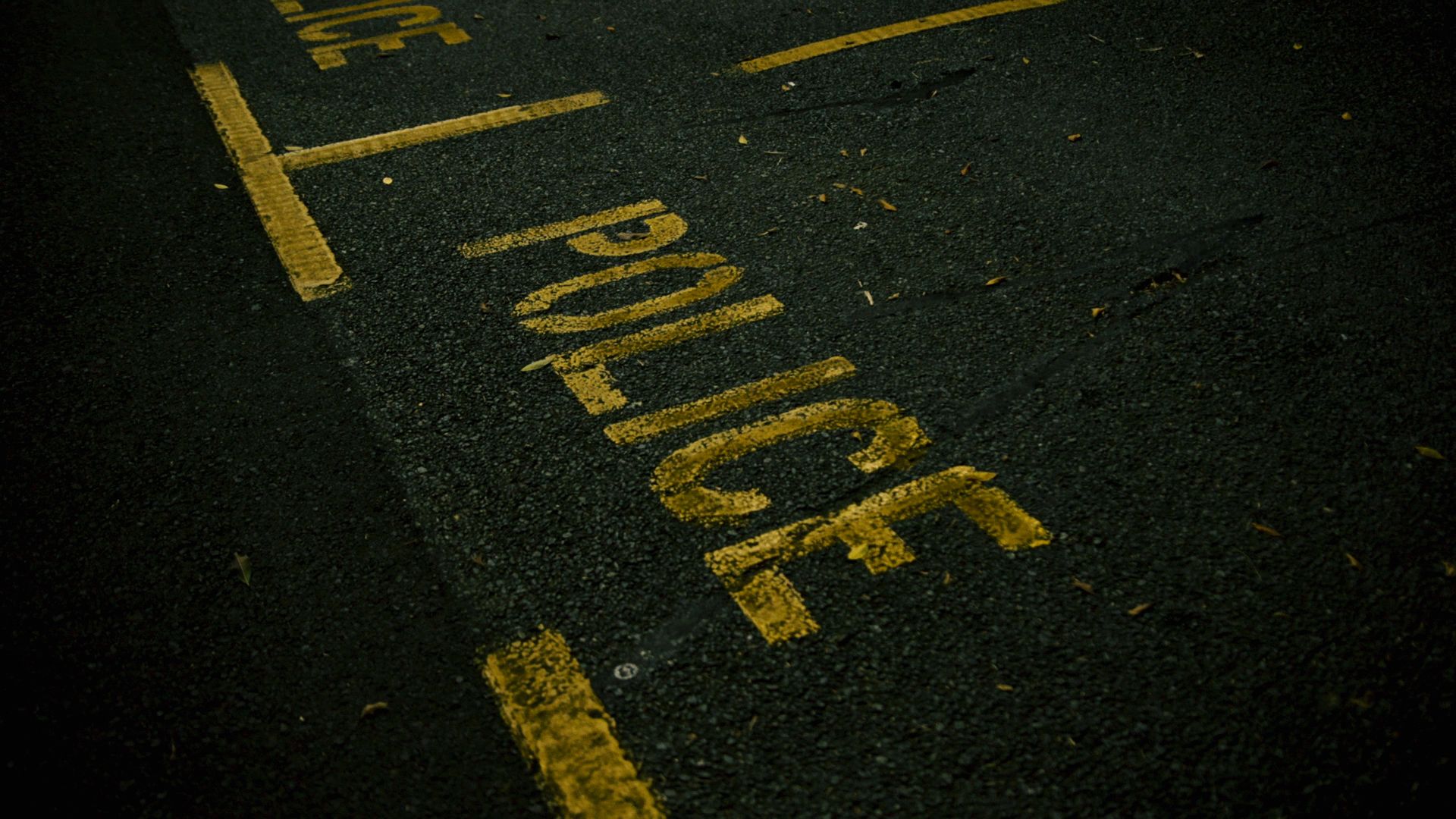
“The solution isn’t so simple”
Between the camps and the police co-responder program, Julie and Rhonda say those solutions aren’t the simple fix to North Queensland’s youth crime problem.
Rhonda believes money needs to be put into initiatives at night, when the children are their most active and when their homes may not feel the safest.
“Too much money is being pumped into organisations and they are all bandaid solutions. Not enough money given over to Aboriginal people to control it,” Rhonda says.
“All Aboriginal people are helping kids for free.
“What happens after 5 o'clock and 6 o’clock when the white organisations shut? Nothing. They leave the kids and we have to pick up the slack. We need money for things of the night, like halfway houses.”
But still finding support through local Elders is a good place to start, says Julie.
“They're our knowledge holders, they're the ones that pass the information down to us,” she says.
“It's generational trauma… so there's a lot of trauma within our families.”
* Not their real names.
If this story has raised any issues for you, you can contact the Kids Help Line on 1800 55 1800, or Lifeline on 13 11 14.
You can access an Aboriginal Medical Service here. Resources for young Aboriginal and Torres Strait Islanders can be found at Headspace: Yarn Safe.
Watch the full story on The Feed on Tuesday at 10pm or catch up on SBS On Demand.
